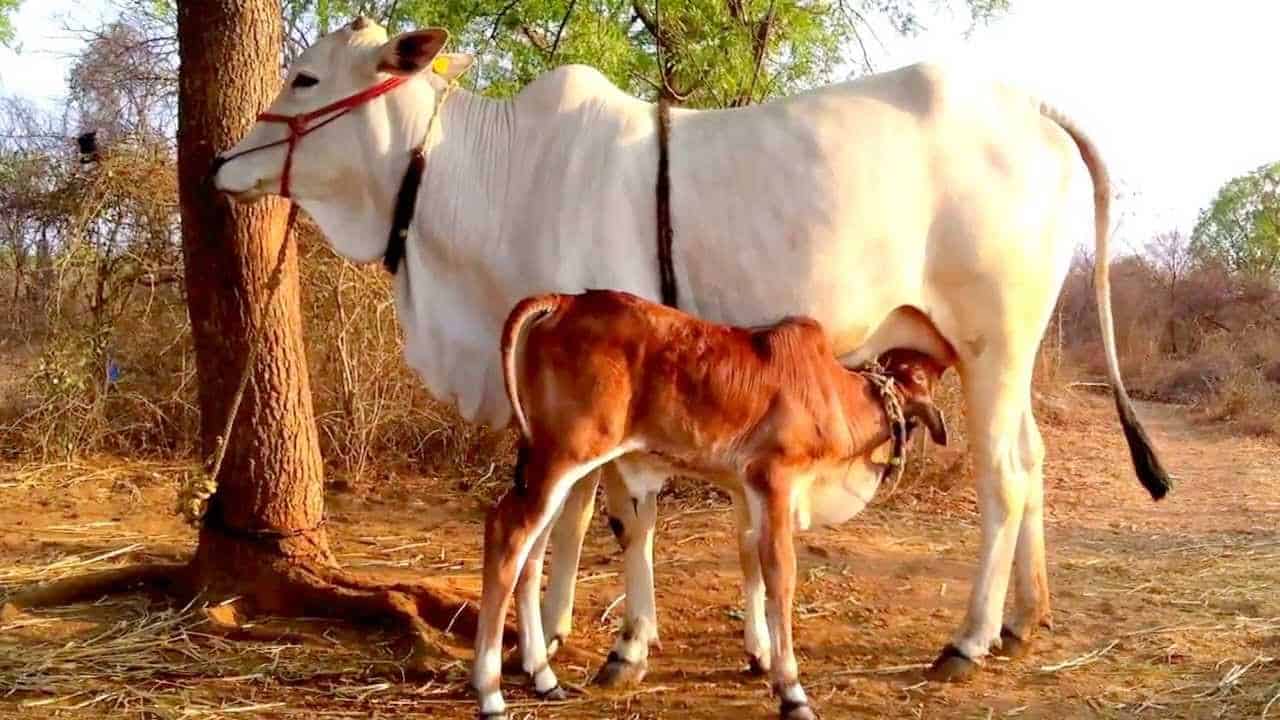
Heat Stress During Summer Reduces Milk Production in Livestock
Heat Stress in Dairy Animals
Talking about the effect of increasing temperature on livestock, director, extension education, at Guru Angad Dev Veterinary and Animal Sciences University, Ludhiana, Dr Harish Kumar Verma, has said that high temperature lowers the milk production in animals. Dr Verma said that due to lower feed intake and added heat load on the animals during summers, the milk production decreases. “Proper shelter and housing management, water application, changes in feeding regime, preventive health management etc, are some of the techniques to minimize the effect of thermal stress. Well-ventilated sheds with proper standing and resting space must be provided to dairy animals,” said Dr Verma.
Open end of the shed should be covered with thatched bamboo or jute curtains. Sheet roof may also be covered with thatch or the top of the roof may be painted white and the undersurface black. Shady trees should be planted around the sheds especially at the southern wall/boundary for further cooling.
Water splashing, showering, sprinkling and fogging of water on animals inside the shed 3-4 times during the hottest part of the day (11 am to 4o pm) reduces heat load and enhances productivity due to evaporative cooling. These methods are more effective in buffaloes as they have sparse sweat glands compared to other kinds of cattle.
Animals should be allowed to wallow in clean water ponds during extreme hot weather (between 11 am to 4 pm). Arrangements should be made at the farm itself as taking the animals to a pond in hot sun neutralises the benefits of wallowing.
On large/commercial dairy farms, cooling devices such as fans, wet curtains or panels, air-coolers or air conditioners may be used. The provision of ample fresh, cooled potable drinking water (in earthen pitchers commonly used in villages) also helps in reducing the heat load. Shaded water troughs in sufficient numbers should be provided at convenient places.
Heat detection should be done 2-3 times a day when the animals are stress-free and relaxing during the early or late hours of the day. Never detect heat when animals are hungry, or under any type of stress.
Dr R S Grewal, professor at the department of animal nutrition, advises that concentrate mixture containing more than 18% digestible protein and 70% energy contents along with palatable, digestible and laxative fodders should be fed to the animals.
Proportion of green fodder should be increased. Long fodders must be chopped before feeding. If grazing is practiced, animals shouldn’t be let to graze between 10 am and 5 pm.
Soaking of concentrate in equal amount water for 20-30 minutes will increase nutrient utilization. Dietary mineral and vitamin supplementation should be increased during summer as its excretion under the effect of heat stress is increased.
Supplementing dietary sodium and potassium increases milk yield during the period of heat stress.
Dr L D Singla, head of the department of veterinary parasitology, informs that proper deworming and vaccination schedules must be followed for maintaining the health of animals.
Ecto-parasites, whose infestation increases during summer, should be controlled properly by using suitable acaricidal spray on animals as well as in the shed, especially in corners and crevices.
Biosecurity is the key during this time and no visitor/outsider should be allowed to enter the farm premises and at the entry disinfectant should be dusted.
Proper care and management techniques during the summer season will help farmers to maintain healthy animals, produce more milk and assure profit from dairy farming.
Source: The article is extracted from Hindustan Times, June 18, 2020.
